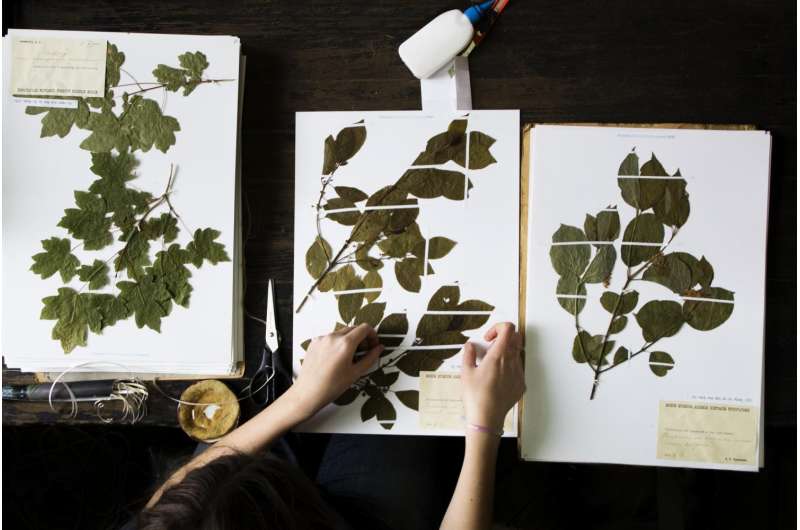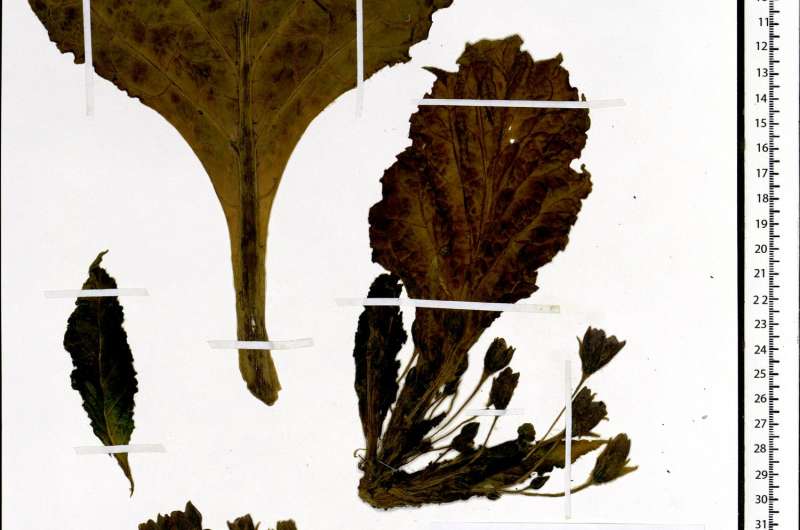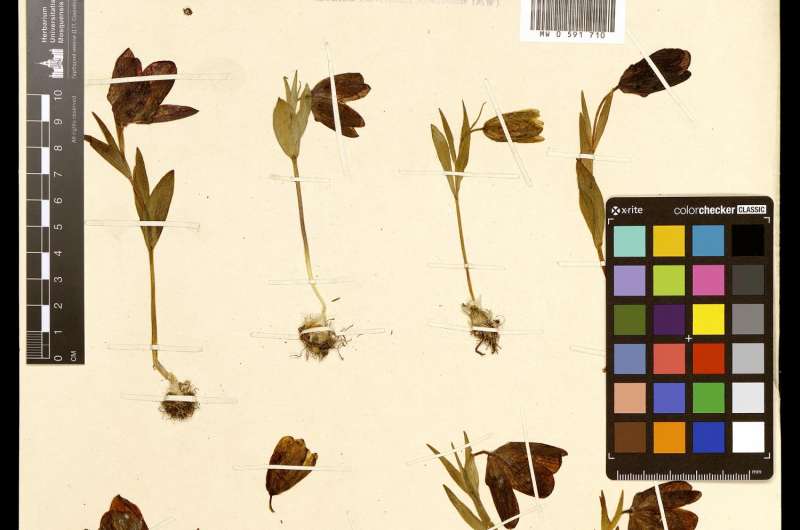One of the world largest digital herbaria launched

Within the framework of the "Noah's ark" project, scientists from the Lomonosov Moscow State University have developed the largest digital herbarium in Russia—a collection of scanned images of herbarium samples from the Faculty of Biology funds.
Piotr Kamenski, the project scientific coordinator, a Senior Scientist at the Lomonosov Moscow State University, says, "The Noah's Ark project is absolutely unique for Russia and even worldwide. Its main goal is saving, studying and beneficial use of the biological diversity of our planet. Many other projects are serving this goal. However, within the framework of the Noah's Ark project we work with all possible types of biological samples—from dried insects to human biomaterial. The creation of the common biological collection information space is an important part of the project. In other words, we are working out a digital resource that will join the maximum possible amount of information about biological collections."
At the moment, the digital herbarium of the Lomonosov Moscow State University numbers 786,000 samples. Images are freely available at the web portal of the national bank depository of living systems based at the Lomonosov Moscow State University.

Alexey Seregin, one of the digital herbarium developers, says: "We began to digitize the University Herbarium in spring 2015, and have scanned all floral forms of Eastern Europe, Siberia and the Far East, Crimea, Caucuses, Mongolia, African and South Asian countries. The database created is the largest about plant diversity and propagation in Russia. It could be used not only by specialists, but also by non-biology researchers who are interested in flora. In order to take advantage of the digital herbarium, researchers enter the scientific name of a plant or use a function of advanced search. All images are high resolution, so one could study the given pieces of the sample without digitizing every detail separately."
The Lomonosov Moscow State University Herbarium (MW) is a collection of universal importance, mentioned for the first time in 1780. Moreover, it's one of the leading centers of studying and registration of plant diversity. The collection is above 1,011,000 samples. Researchers can find the most valuable historical antiquities collected by contributors like Carl Linnaeus and James Cook, as well as comprehensive materials left by subsequent flora investigators.
The herbarium is constantly enlarged with new digitized samples. Members of the Lomonosov Moscow State University have discovered 60 species of flowering plants in the past five years; eight of them were found in Russia. 16 new plant species were found only in 2016. The sample of each plant is herbarized and added into the collection by contributing institutions with which the scientist cooperates. Then the sample images are added to the digital herbarium.

More information: NIKOLAY A. VISLOBOKOV et al, Aspidistra globosa (Asparagaceae, Nolinoideae), a new species with erect stem from southern Vietnam, Phytotaxa (2016). DOI: 10.11646/phytotaxa.282.1.5
Provided by Lomonosov Moscow State University

















